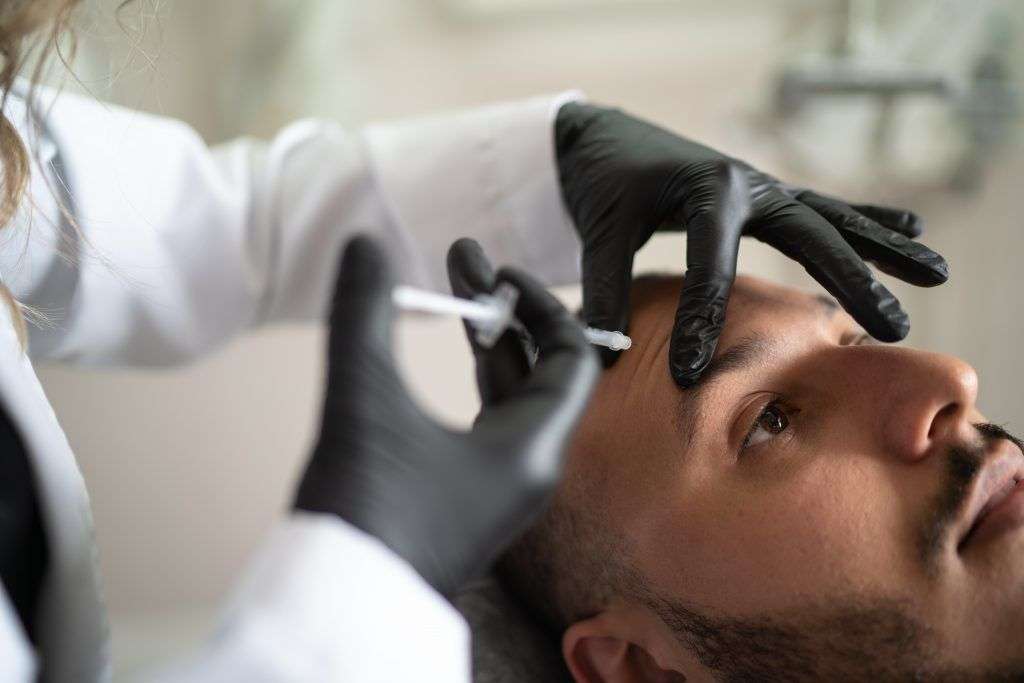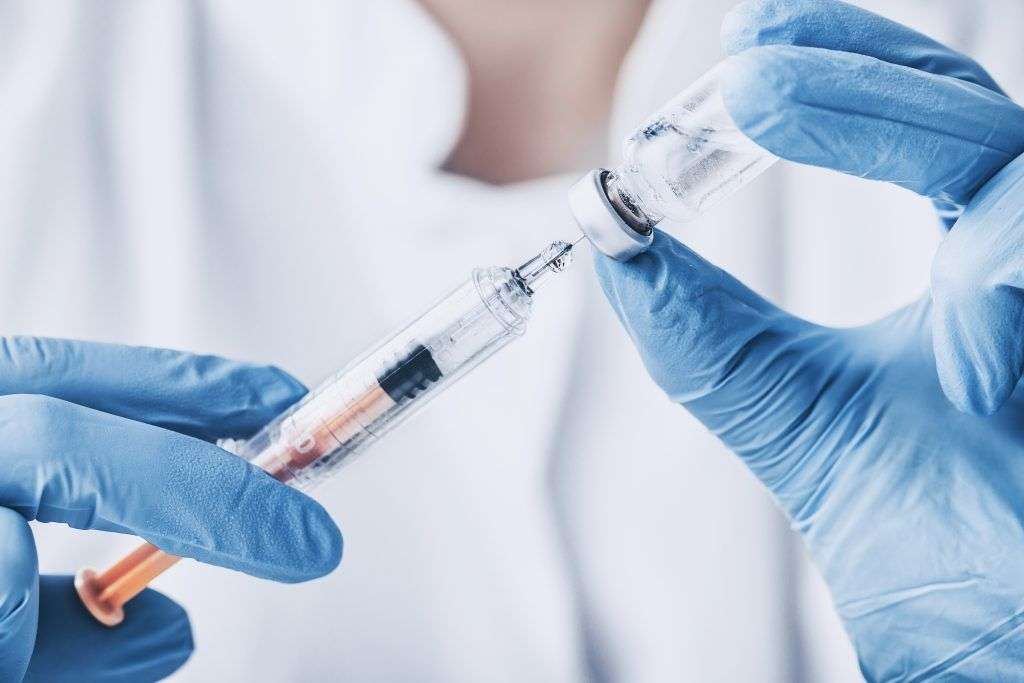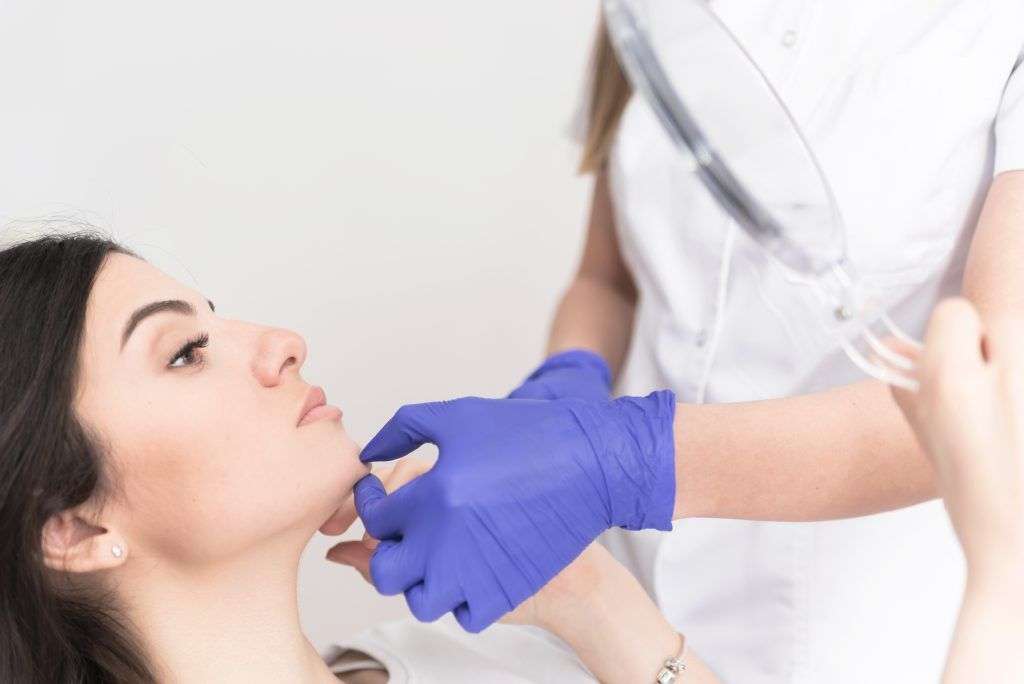How Can I Make My Wrinkles Go Away?

While a few facial lines can be endearing and add character to your face, many of us would rather avoid them if we can, and there are many techniques a Juv’ae Cosmetic Nurse can use to help keep you looking refreshed and rejuvenated. The most common facial aesthetic concerns and how wrinkle reduction treatments can […]
Why don’t my anti-wrinkle treatments last?

Australians are said to spend an estimated $350 million on anti-wrinkle injections annually. In the hands of a Juv’ae Cosmetic Nurse, wrinkle-reduction treatments are an undetectable and relatively painless way to turn back years off an ageing face. How do anti-wrinkle treatments work? Anti-wrinkle medications work by freezing and relaxing the muscles, preventing them from […]
What happens when you get too much dermal filler in your face?

While the popularity of injectable cosmetic treatments has many people believing they are risk-free, things can and do go wrong. In the hands of someone who doesn’t fully understand the intricacies of facial anatomy, an injection in the wrong spot can not only cause unwanted puffiness. In the most severe cases, it can cause infection, […]
Naturally Beautiful Results from Juv’ae Cosmetic Nurses

Beautifully smooth skin is achievable – and in more ways than one. Juv’ae Cosmetic Nurses are trained to perform many different procedures using various medications, techniques and complementary therapies that will help patients fall in love with themselves all over again. Loss of Volume One of the signs of ageing is skin that lacks […]